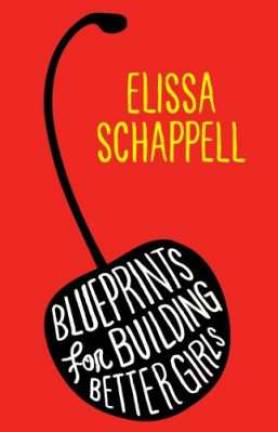Book Review: Blueprints for Building Better Girls

Imagine, if you will, a Mary Gaitskill story collection in which the author casts a fond eye on the foibles and bad behavior of her characters. That book is Elissa Schappell's Blueprints for Building Better Girls, a collection of eight sharp, meticulously etched and tenuously linked tales of female archetypes.
Whatever stereotypes still cling to those archetypes are carefully scraped off like barnacles from the very first story, in which a good girl with a bad reputation becomes, over the course of a few pages, something deeper and weirder than the school slut. She forces her secret boyfriend to watch ocean life documentaries during sex; she intentionally inflicts emotional damage to watch his reaction and to gauge her feelings about it. She returns again in the deeply affecting closing story, still unable to come to terms with the girl she was.
In between, we meet a cast of linked characters whose wispy connections make them feel part of an unnamed club. Fellow exhausted mothers Paige and Charlotte bond over the burdens of motherhood, but we met Charlotte first when she was still reeling from a college rape, and Paige will become a peripheral character in the story of her mother and anorexic sister's too-close bond.
Perhaps the bravest story-other than the raw, unsettling closer-is "Out of the Black and Into the Blue," in which Charlotte's college friend goes to the very edge of self-destruction and teeters on its brink for the story's duration. Told in a first person that barely pauses for breath, as Belinda wakes up bruised and disconcerted before going to a party and acting badly toward her boyfriend, Schappell glosses over the effects of Belinda's behavior in a way that suggests the strain that consciously choosing to not remember has on her character. Belinda is easily the most overused archetype-the dashing party girl who has earned the nickname Bender-but Schappell goes deeper than a Holly Golightly naïf. Tormented by what happened to Charlotte, Belinda is running in place as fast as she can, forcibly forgetting that she'll have to stop at some point.
That's what most of these Blueprints are ultimately about: women and girls running in place, torn between observing the details surrounding them and keeping their gazes focused on what's up ahead. All of them know that to look back, either on their personal histories or to a time when most women hoped for an MRS degree from college, is inherently dangerous-but their gazes keep wandering.